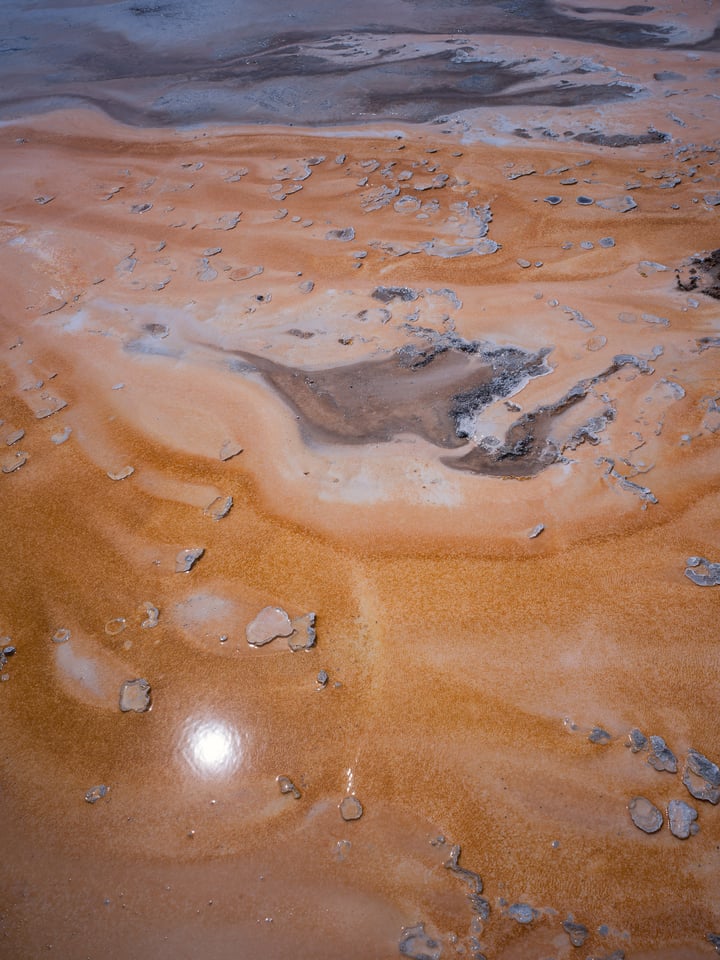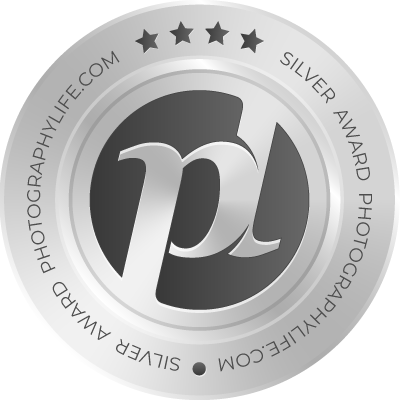Summary
I really enjoyed my time testing the Hasselblad 907X & CFV 100C. It is one of the most beautifully-designed cameras that I’ve ever used, and the excellent image sensor of the 100C is almost impossible to beat. It is certainly a quirky camera in some ways, but part of that is because Hasselblad didn’t try to make it the camera for everyone. It’s great at some things and bad at others, and that’s by design.
What’s it great at? Image quality, most of all. The 100-megapixel sensor doesn’t disappoint, and it isn’t just the impeccable detail that stands out. The camera also has the best high ISO performance and dynamic range of any digital camera that we’ve tested at Photography Life – only other 100MP+ medium format cameras would offer any competition.
It’s also an amazingly small camera. I find it pretty incredible for such image quality to fit into a camera that weighs the same as a Nikon Z7 II. If you’re a landscape photographer hiking long distances, this certainly beats the average medium format camera in portability.
And then one of the greatest strengths of the 907X & CFV 100C (the CFV 100C in particular) is its modularity. I expect that many photographers who buy this camera will keep the CFV 100C attached to a technical camera system and leave the 907X at home, allowing for camera/lens movements and opening the door to many different lenses. Other photographers will be using the CFV 100C on their Hasselblad film camera as a digital back! It’s pretty impressive to have these capabilities with such a high-fidelity camera sensor (and one which can be attached to the 907X when portability is your goal).

Of course, the list of things that the Hasselblad 907X & 100C does not do well is almost as long. Despite the occasional wildlife photo in this review, this is far from the camera that you would use for any quickly-moving subjects. I was only able to photograph some bison with it because they were practically standing still. Even for portraiture, the lack of continuous-servo autofocus could be an issue if you’re shooting with a very shallow depth of field.
The camera also does not have image stabilization, which makes it a tougher choice for handheld photography – a bit disappointing considering how small, light, and comfortable it is to hold. It’s not that handheld photos are impossible with this camera (and the excellent high ISO performance means you have some leeway), but it really shines the most when used on a tripod. Finally, the camera is missing plenty of modern features that some professional photographers require, including the ability to shoot video. It was never meant to be such a camera, but even so, it’s important to study the features of the 907X & 100C very carefully before spending $8200 on it. You don’t want to realize too late that it’s missing some particular feature that your work demands.
Alternatives
Currently, the closest alternative to the Hasselblad 907X & 100C is Hasselblad’s own X2D. The X2D has the same incredible sensor, but a more typical form factor and two major features lacking in the 907X & 100C. The first is image stabilization, and the second is an electronic viewfinder. If either of these features matters to you, the Hasselblad X2D is probably the better choice for you, and it’s actually the same price. But if you prefer the small size of the 907X & 100C and especially the versatility to use the CFV 100C sensor as a digital back, the X2D may not cut it.
Another alternative would be a medium format camera from a different manufacturer. Fuji is definitely the way to go if you’re on a budget, with the 100-megapixel GFX 100S costing $6000 but often going on sale for $4400. It’s also capable of video and has in-body image stabilization (though lacks other features like base ISO 64 and lenses with leaf shutters). Leica’s SL series of medium format cameras are in a similar boat, though more expensive. However, these cameras are mainly competing with the Hasselblad X2D, not so much the 907X & 100C. If you need a medium format camera with the smallest possible size and true modularity, the 907X & 100C is really the only game in town.

Verdict
There’s a lot to love about the Hasselblad 907X & CFV 100C, but you need to be the target audience for it. Here’s how I would sum up the pros and cons:
Pros
- Excellent capacity for detail at 100 megapixels
- Excellent high ISO performance
- Excellent dynamic range
- Modularity – CFV 100C digital back can be used on many other cameras
- Beautiful and comfortable camera
- Top-quality materials used in the design
- Ability to access a range of Hasselblad lenses (and often their leaf shutters!)
- Streamlined menu
- Effective options for focus stacking and bracketing
- Very responsive and precise touchscreen
- Highly accurate autofocus, and fast enough with the right lenses (especially Hasselblad XCD V series)
- Internal SSD is fast and has excellent capacity
- Solid battery life
- Significantly smaller and lighter than any similar camera
Cons
- No image stabilization
- No continuous autofocus
- No video capabilities (I’m tempted to put this as a “pro” :)
- No electronic viewfinder
- Various other smaller missing features (like long exposure noise reduction)
- Relatively few buttons or physical controls, unless using the separate Control Grip
- Not well-suited to controlling it while wearing gloves
- Though somewhat weather-sealed, not an extensively sealed/rugged design
- Rear monitor is wobbly when tilted
- Autofocus can be slow with some lenses
- Electronic shutter has a very slow readout speed
Do the pros outweigh the cons? It completely depends on your needs as a photographer. Personally, I think they do – I found the 907X & 100C to be a good fit for my style of tripod-based landscape photography. If I ever seriously ventured into medium format photography, this system plus a technical camera would be my setup of choice. Among the “cons,” the only point that stands out to me is weather sealing, since I shoot a lot in bad weather. Even then, the 907X & 100C does have rubber seals that keep out dust and moisture, it’s just a little less extensive than what I’m used to. But calling it a serious concern is a stretch.
Of course, the 907X & 100C is not for everyone. The lack of continuous autofocus alone probably rules out 80% of photographers, and that’s all right. Hasselblad isn’t targeting them. This camera is meant for the other 20% of photographers (ultimately much less, considering the price) – and within that niche, it’s nearly perfect at what it does.

Where to Buy
The Hasselblad 907X & 100C is available through our affiliate at B&H. That’s also where you can get the 907X Control Grip and the optical viewfinders.
- Hasselblad 907X & 100C
- 907X Control Grip
- 907X Optical Viewfinder (28mm, 38mm, 55mm)
- 907X Optical Viewfinder (21mm, 30mm, 45mm)
- Extra battery
Thank you for buying your camera equipment through the links above, whether it’s the 907X & 100C or anything else! When you do, Photography Life gets a small percentage of the sale price without costing you anything extra. It goes a long way to help us test more equipment.
Images and text copyright © Spencer Cox, all rights reserved. Copying or reproduction is not permitted without written permission from the author.
Hasselblad 907X & 100C
- Size and Weight
- Features
- Build Quality
- Handling
- Focus Accuracy
- Focus Speed
- High ISO Performance
- Dynamic Range
- Image Quality
- Lenses
- Value
Photography Life Overall Rating

Table of Contents